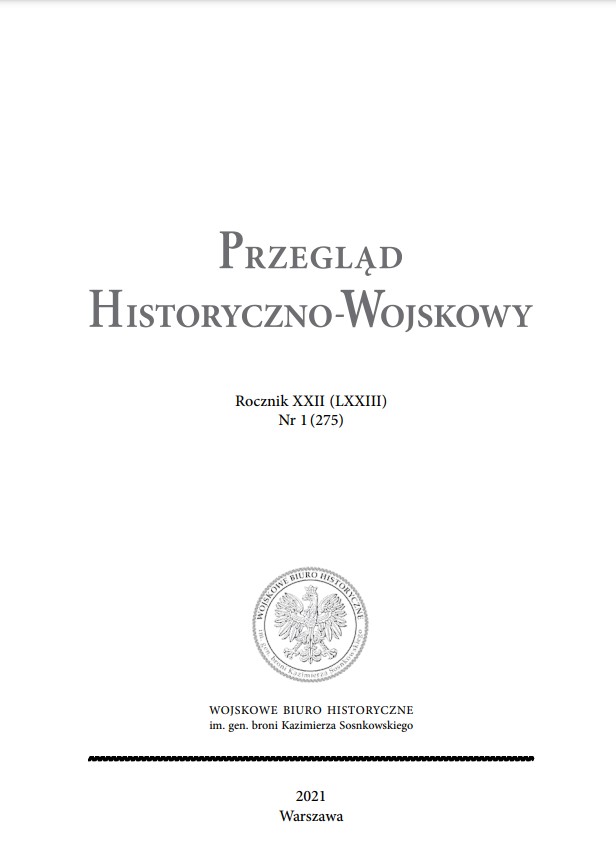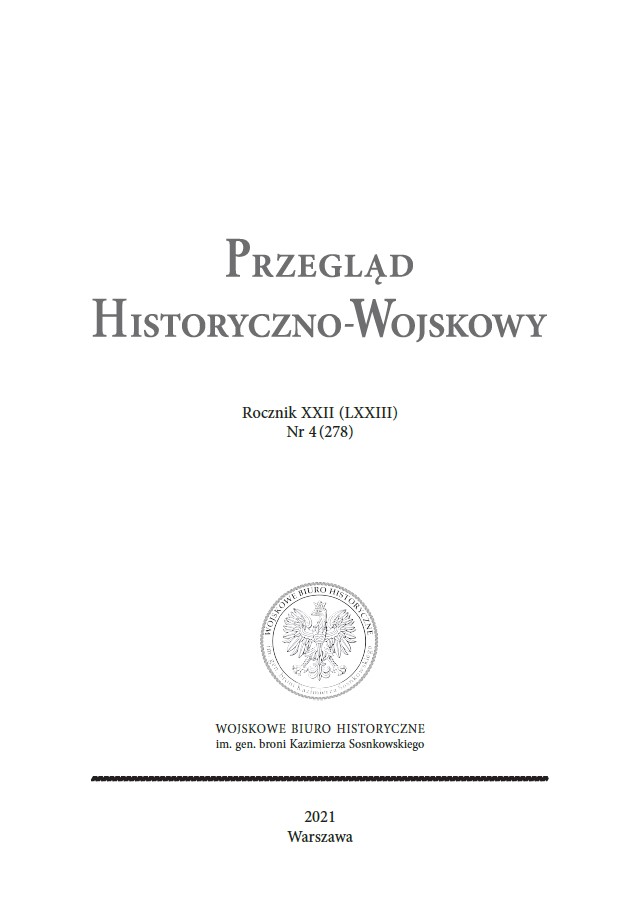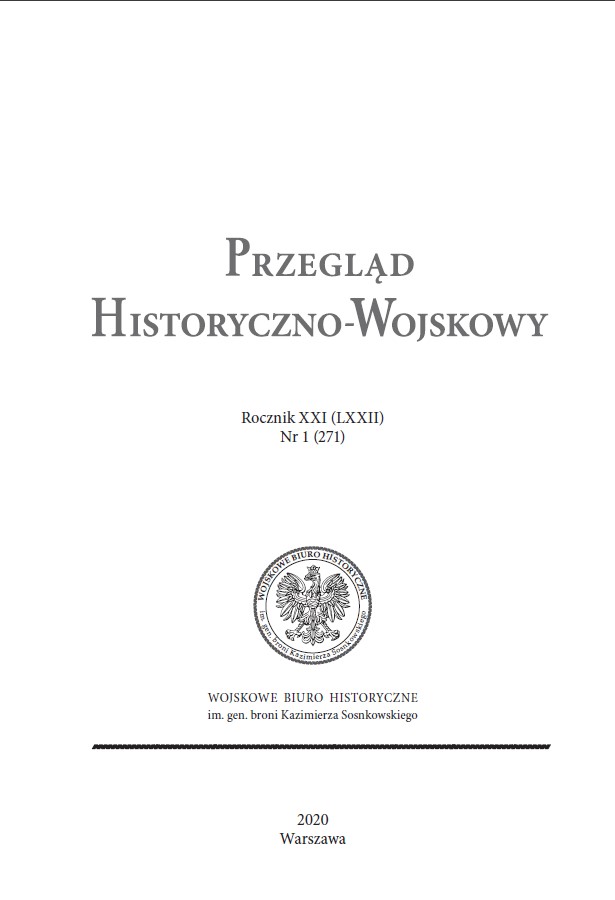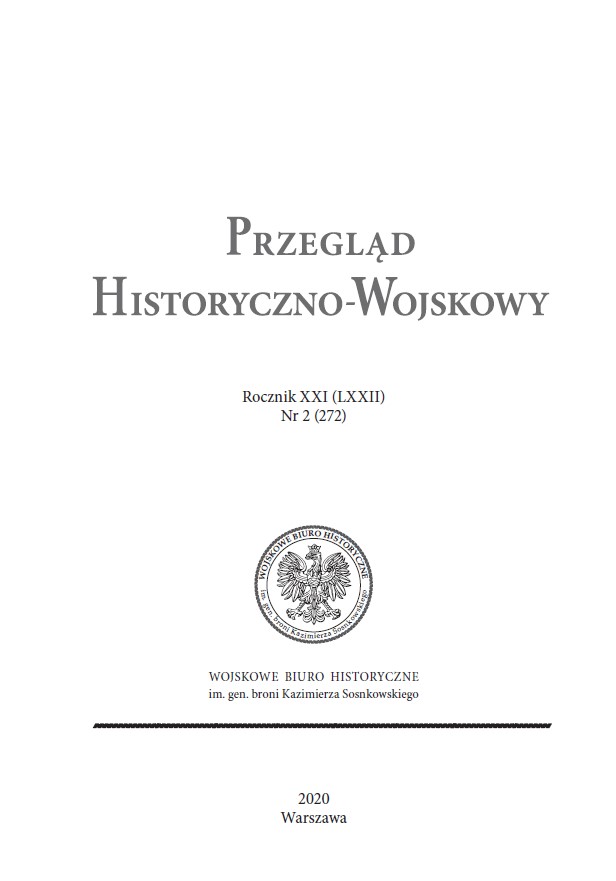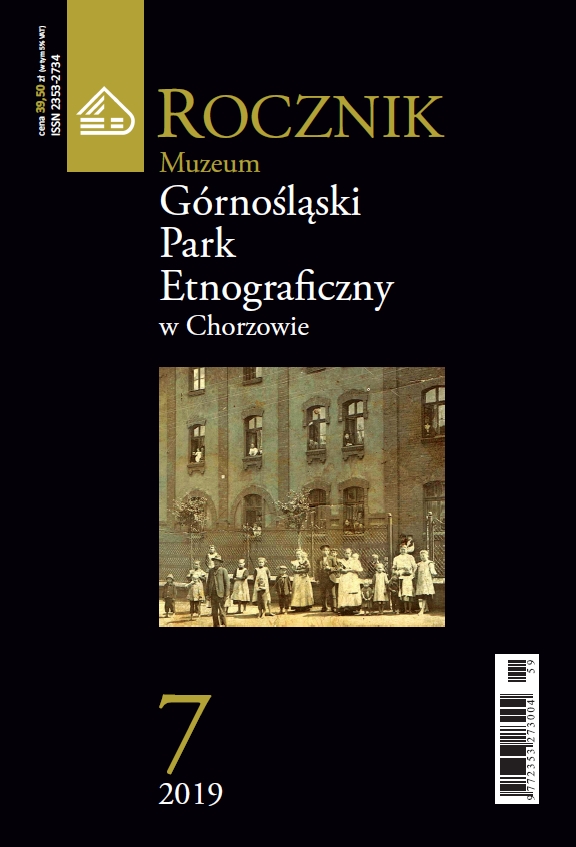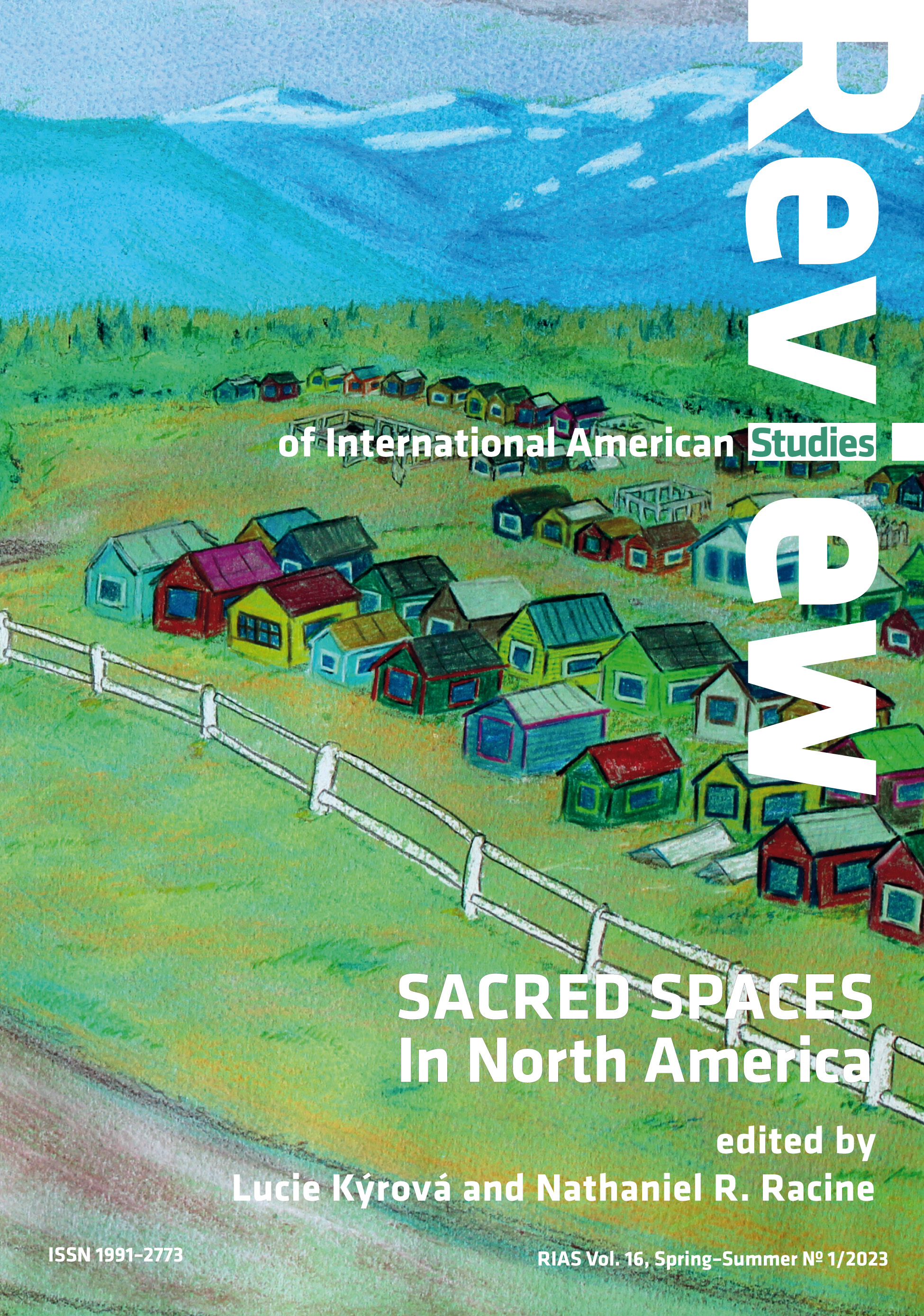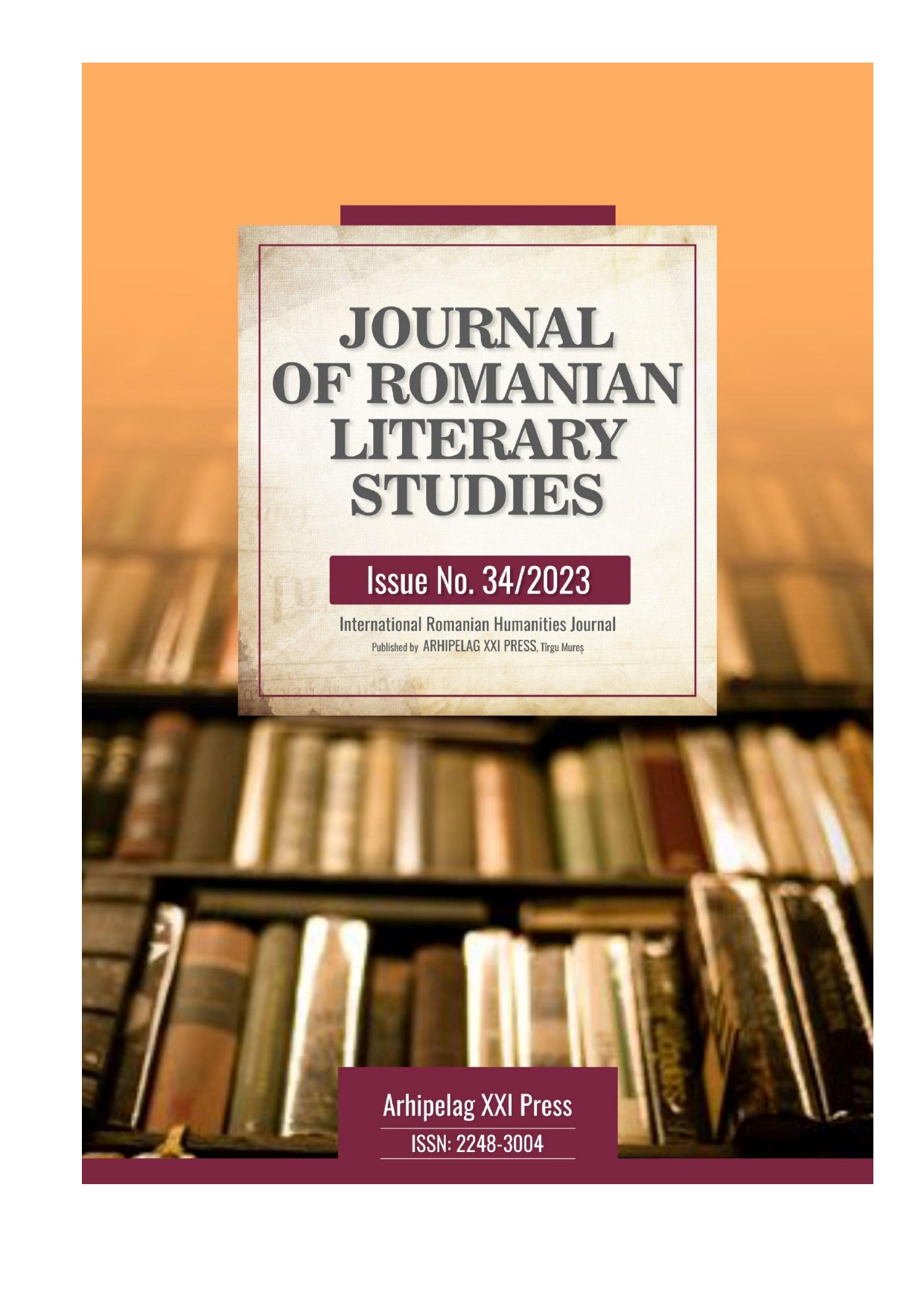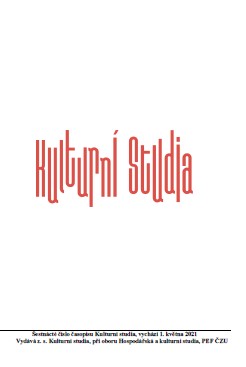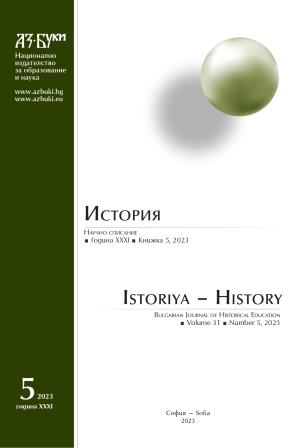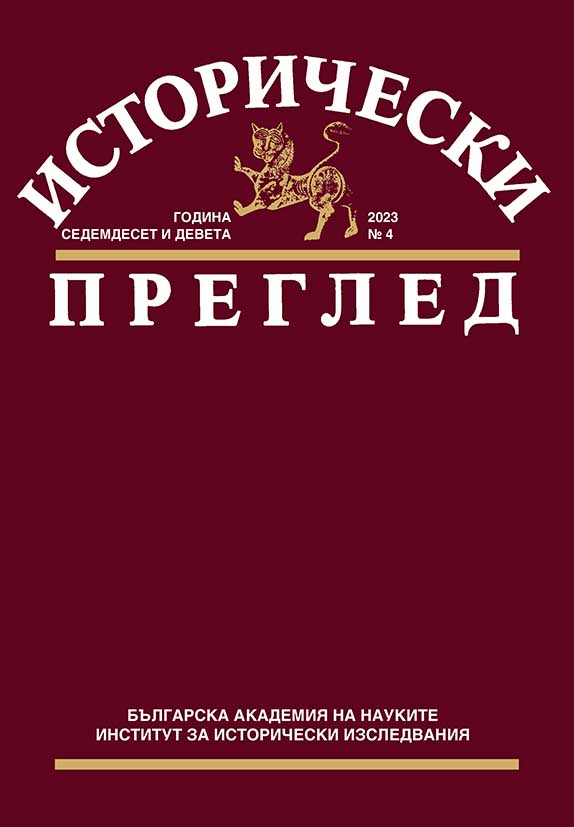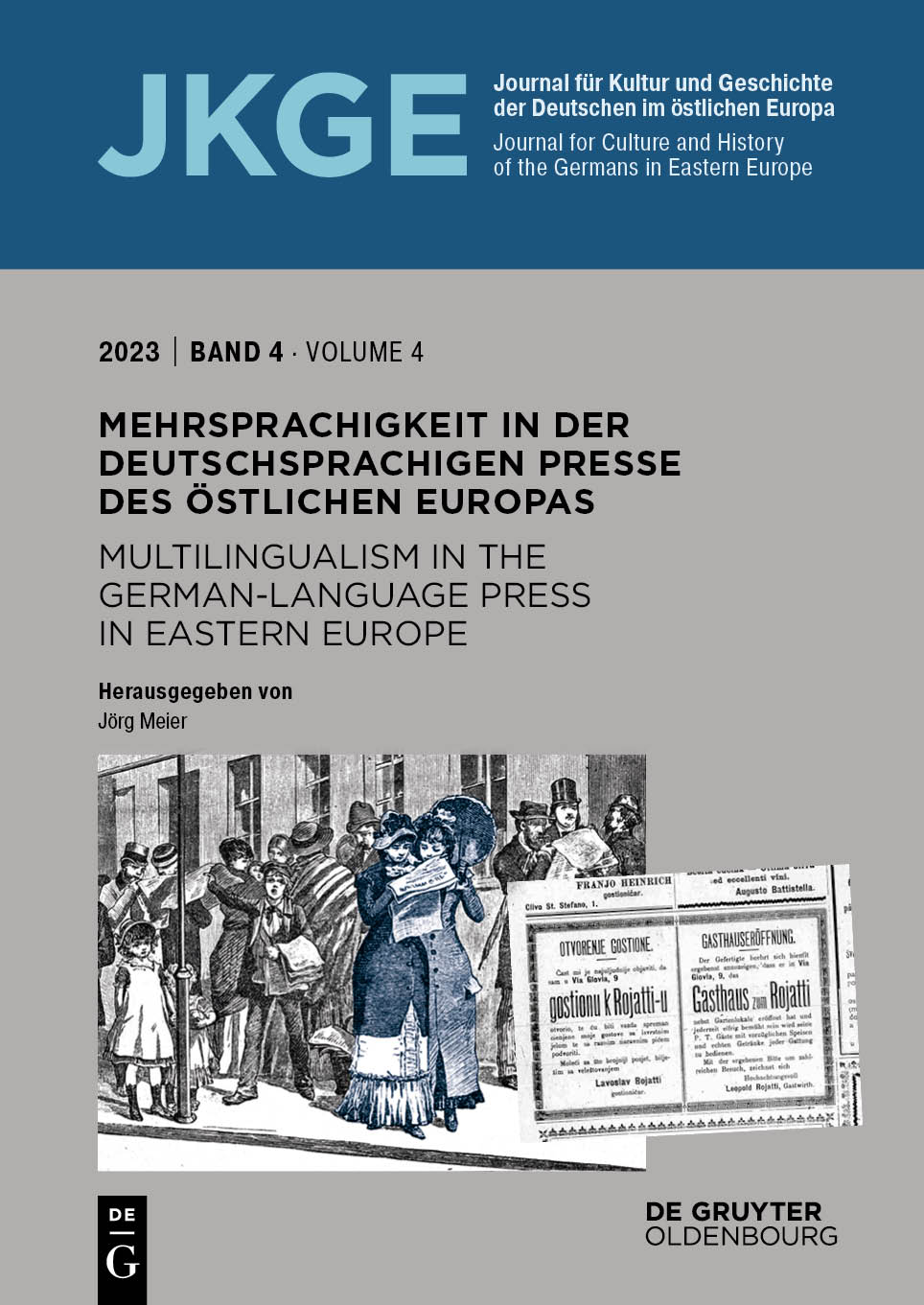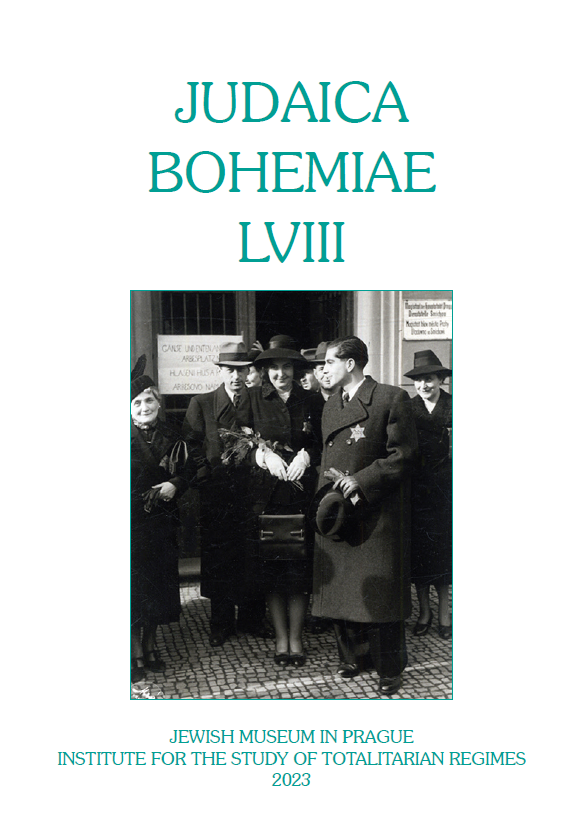Author(s): Ludmila Șimanschi / Language(s): Romanian
Issue: 34/2023
In this study, we intend to reveal the modification of the identity of Bălți locality with the historical-political changes, so to achieve an evolutionary historical panorama of urban identity change. At the beginning, we synthesized all the theories that define the concept of "urban identity", in order to diachronically analyze the urban image of Bălți and to gather all the important components in the formation of identity: both those referring to natural elements (topography, climate, geology, location) and those referring to social identity (demographic structure, institutional structure and cultural structure) and to the human landscape, the artificial built environment, because the series of attributes identified with the city can add symbolic value to the identity of the Balti urban space, modified over time.
Bălți has the most spectacular urban evolution compared to other localities in Bessarabia, starting from the uncertain hypostasis of a fair, it becomes an urban locality with a fragile identity, subordinated to the subjective factor, to the entrepreneurial spirit of Alexandru Panaite, the owner of the city; becoming the capital of a county, by chance, and a municipality. Over time, it changed its identity depending on the change of the political regime: tsarist, Romanian, Soviet, neocommunist, and urban function: commercial and economic communications center important for the northern area of the country, episcopal, industrial, university center.
More...
